Neko Health expands in London with a new Spitalfields site. We take a scan
What’s it like to experience Neko Health’s ultra-high-tech health scanning system? Wallpaper* went under the laser lights to find out
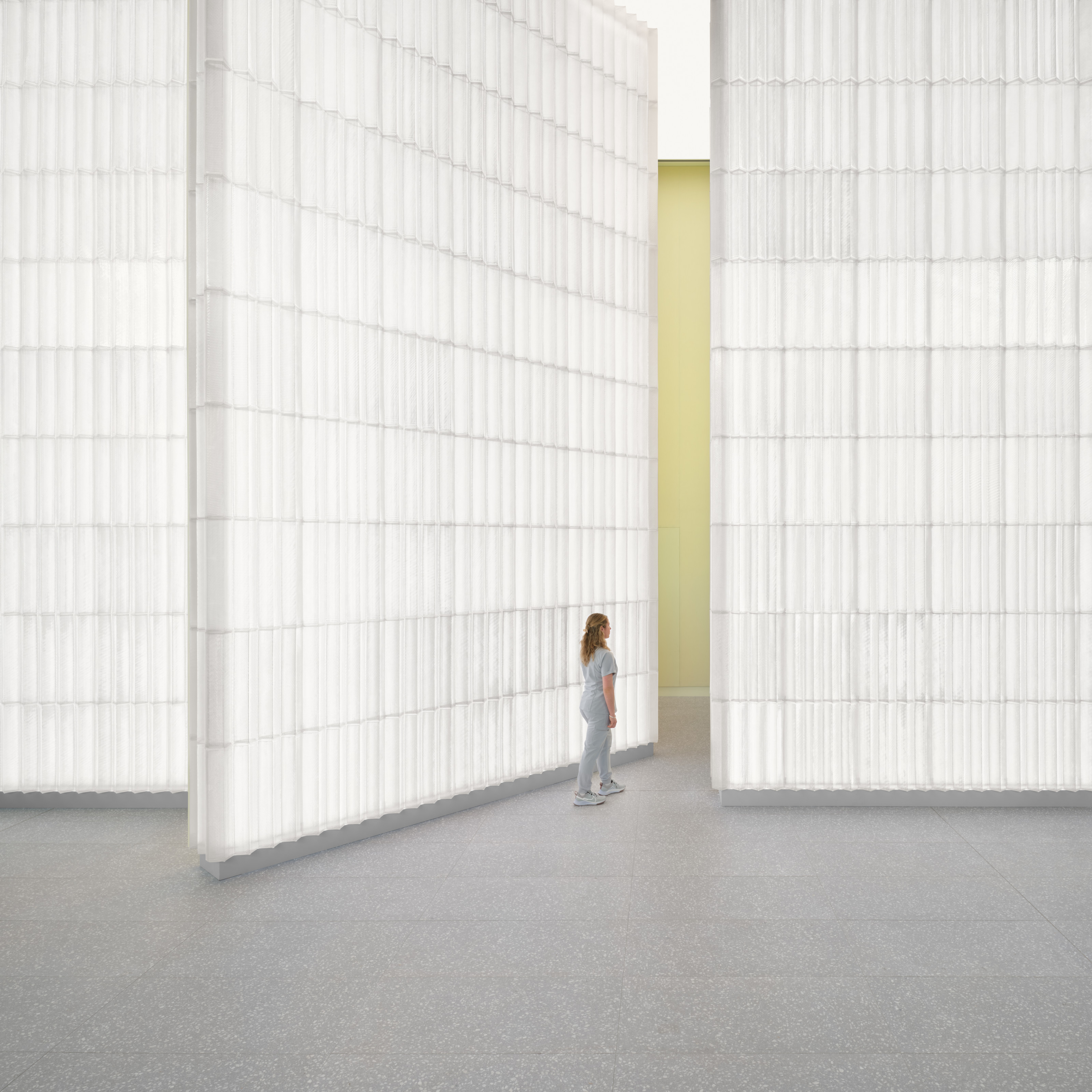
Alongside the redeveloped Spitalfields Market to the north-east of the City of London is the latest outpost of Swedish start-up Neko Health. The new location follows on from its debut London clinic in Marylebone, which followed the company’s first scanning suite in Stockholm. Housed in a steel pavilion designed, like the market redevelopment alongside it, by Foster & Partners, the new clinic is Neko Health’s largest facility to date.
‘The canvas we can paint on is dependent on the real estate we find,’ says Hjalmar Nilsonne, who co-founded the company with Daniel Ek, the billionaire co-founder and CEO of Spotify and tech investment firm Prima Materia. Spitalfields is the largest scanning suite to date, covering 8,000 sq ft. Its six suites can process up to 30,000 scans every year, particularly helpful when the company already has 100,000 people on its waiting list.
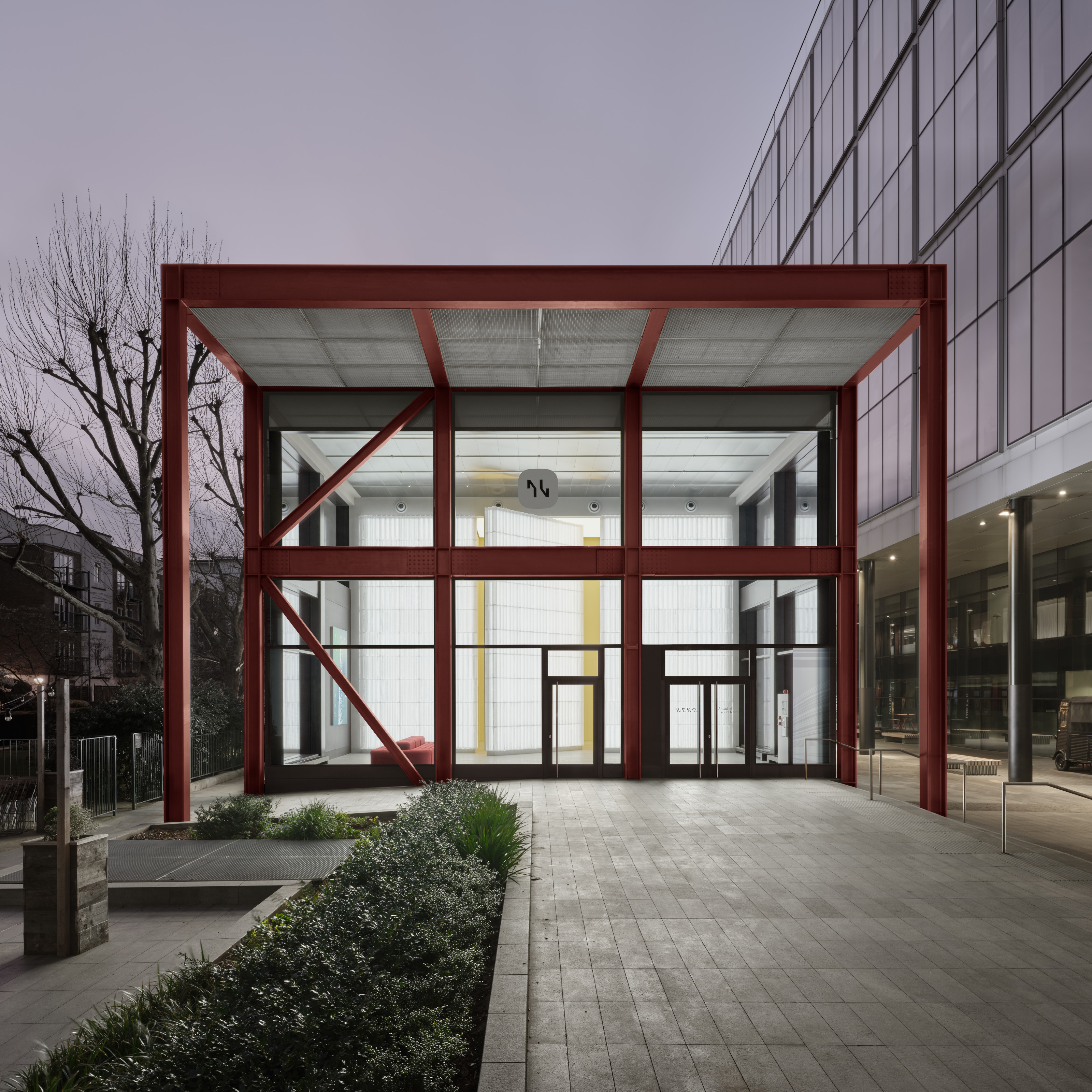
The exterior of the Foster-design Neko Health Spitalfields building
Before we dive into the refined aesthetics of Neko’s space, it’s worth circling back to discover the company’s origins. Nilsonne is an engineer by training, despite coming from a family with three generations of doctors. After a spell working on climate-focused energy companies, specialising in data analysis, he was contacted by Ek, fresh from the Spotify IPO. ‘He wanted to put his capital towards something meaningful, and suggested healthcare,’ Nilsonne recalls, ‘I knew it was such an unbelievably difficult system to change [in Sweden]’.
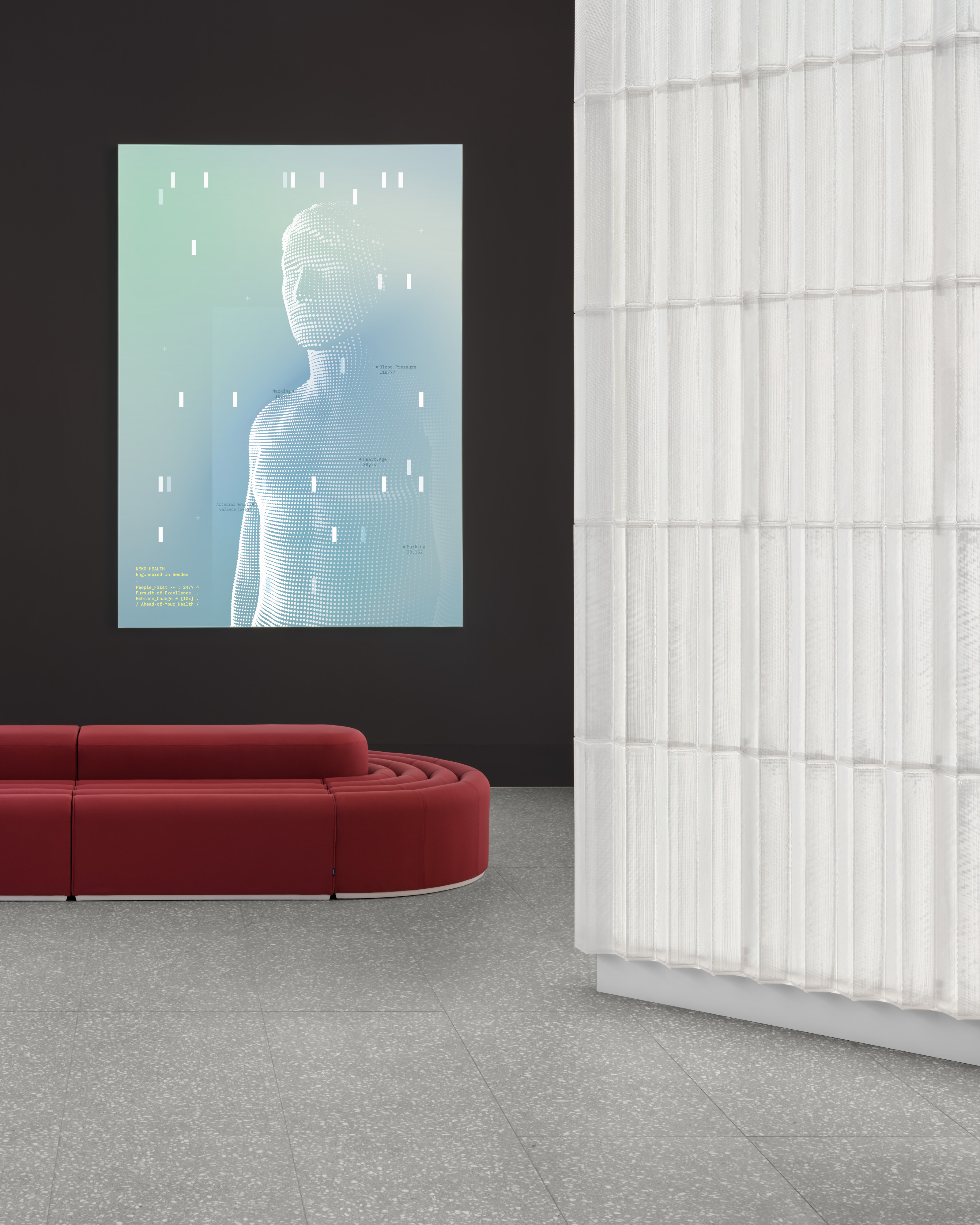
The reception space in Neko Health Spitalfields
Nevertheless, Ek asked how he would go about ‘starting a healthcare system from scratch’, pointing out that regardless of the state of your nation’s healthcare system, most people take a reactive approach. ‘You only go to the doctor when you’re ill. Most healthcare costs come from chronic diseases. Prevention and early detection could change all this,’ Nilsonne says, pointing out that the Hippocratic oath says, ‘I will prevent disease whenever I can, for prevention is preferable to cure’.
The challenges were myriad, not least the question of how to gather data and then what to do with it all. Nilsonne’s expertise in applying statistical inference and analysis formed the bedrock of the Neko approach. ‘It has to be super easy and cheap to download all your health data,’ he stresses. Even so, after the company was formed in 2018, it still took over four years to explore all the ways that health data could gathered, stored and presented. Another challenge was to actually make customers care sufficiently to undertake a scan.
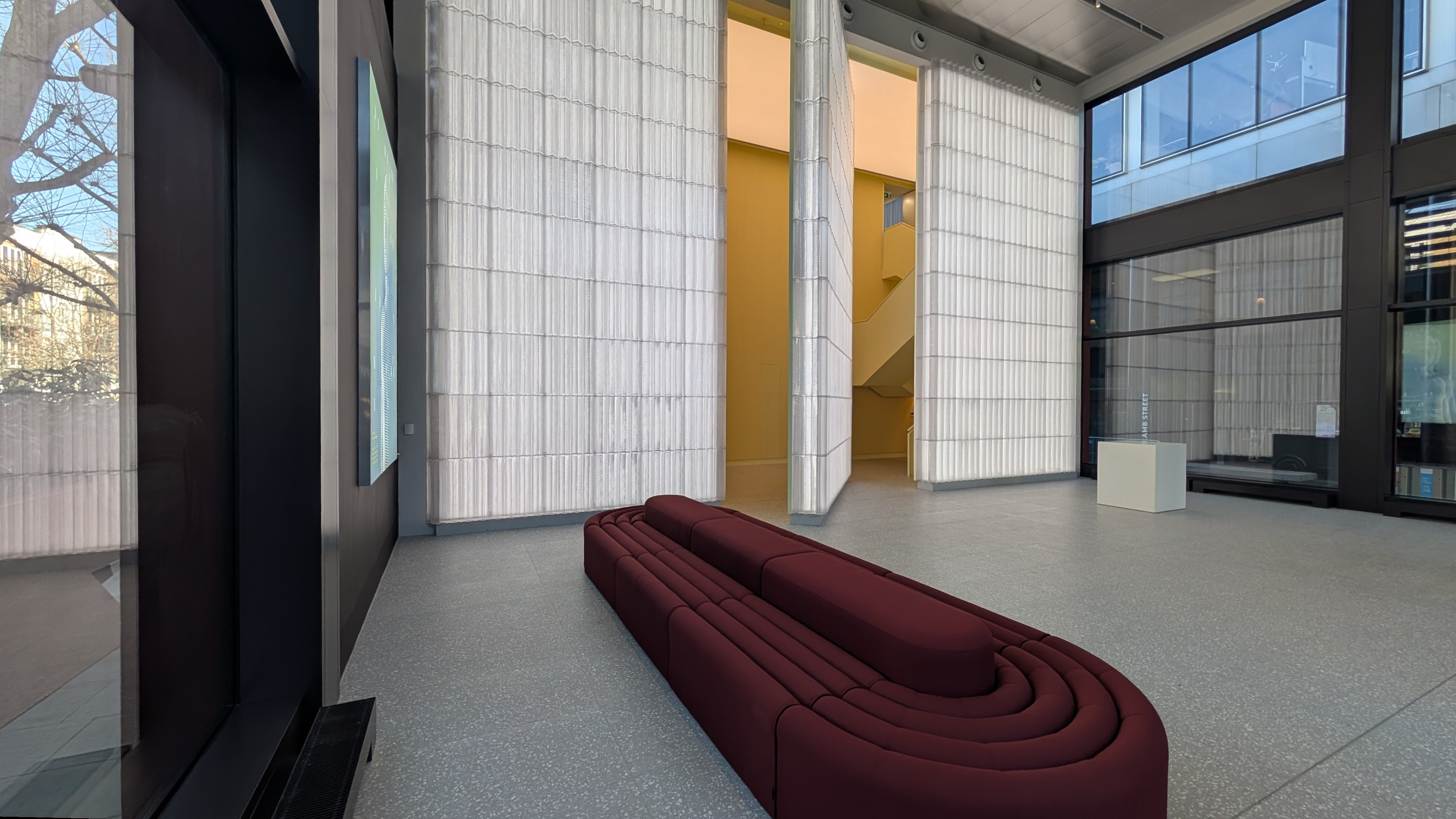
The reception space in Neko Health Spitalfields
‘I was influenced by my ten years in the energy space,’ Nilsonne says. ‘Climate change posed a similar challenge. In the end, changing things from within was the good fight – a company like Tesla provided a vision of a future that was exciting enough for consumers to want to live in it.’ Regardless of how that particular story is going, it’s true that Tesla created a momentum that has changed the entire auto industry. Neko sees itself on a similar path. ‘We’re going directly to consumers, creating a warm, inviting space that paints a picture of a possible future,’ Nilsonne says. ‘There’s no waiting for results – it all happens there and then.’
At a time when the ways of tracking our health and lifestyle metrics are only increasing in scope and accuracy, Neko has to find a sweet spot between services that are essentially free – your smartwatch – and the high-end, Harley Street clinic-style health check-up that can easily run into many thousands of pounds. ‘Neko is about helping consumers be more proactive about their health,’ Nilsonne stresses. The price point is modest, but most of all it’s the scope of the service and the strength of the data that makes it so valuable. As a result, 80 per cent of customers come back.
Wallpaper* Newsletter
Receive our daily digest of inspiration, escapism and design stories from around the world direct to your inbox.
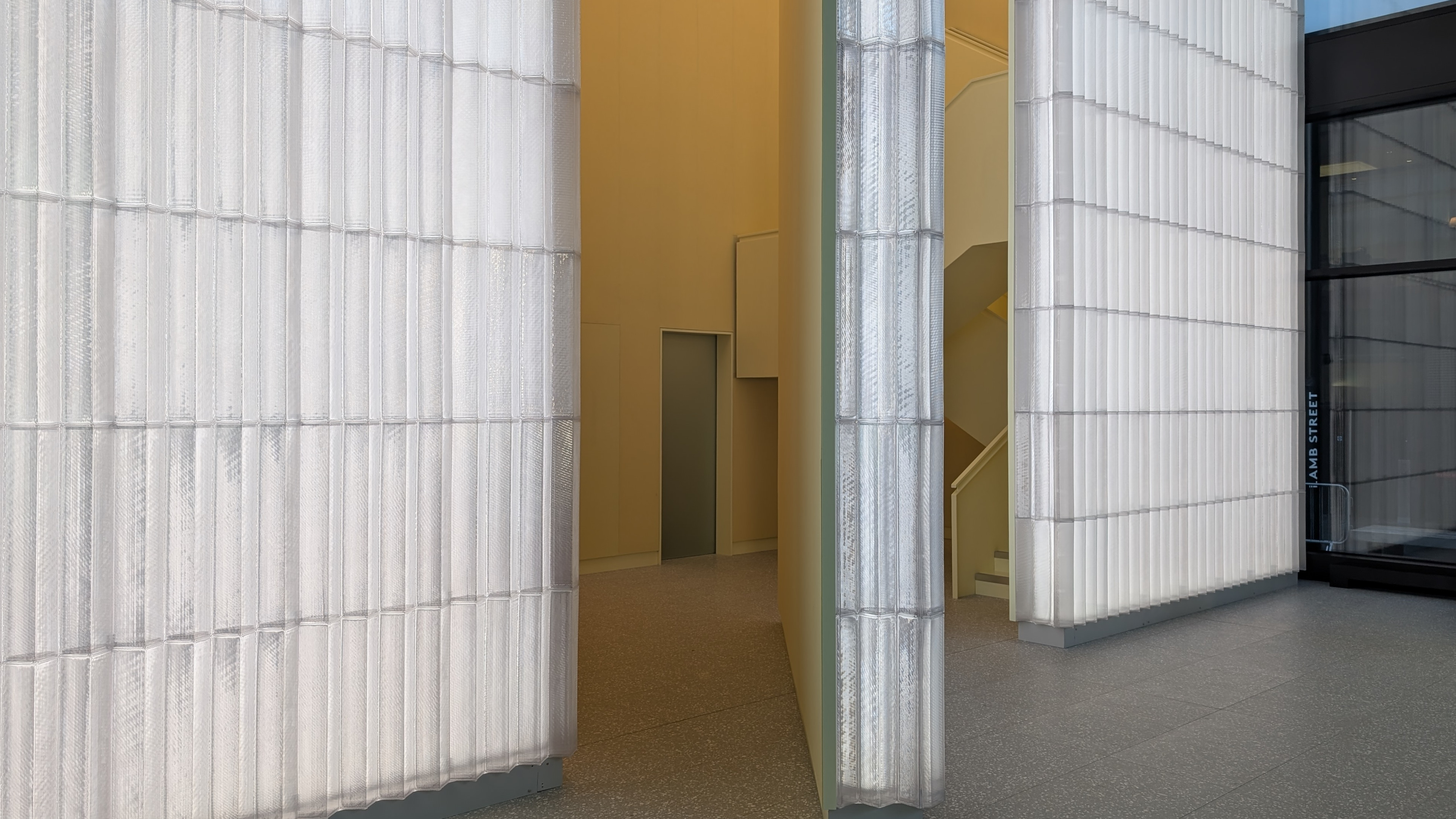
The 8m high glass wall 'pivots' to lead through to the stairs to the scanning suites
‘We’re a doctor-led model,’ Nilsonne continues. ‘Doctors will accompany you, asses you and then go through your data. An appointment is mostly talking and if there are any issues that need further discussion, this can also be done in-house.’ Most importantly, the barrage of data that Neko generates is, ultimately, all actionable, whether it’s lifestyle changes or, in the 1 per cent of cases to date that have revealed a more serious underlying condition, with follow-up care.
To achieve all this, Neko Health’s set-up is about ‘getting as much high-quality information as quickly and cheaply as possible.’ That’s not to say the set-up is low-rent; in fact, it’s the opposite. The scanning suites are equipped with a mix of proprietary and off-the-shelf technology. Blood tests, for example, are industry standard, the difference is that the phlebotomy lab is on site (with an impressive view of the market) and can turn results around in half an hour.
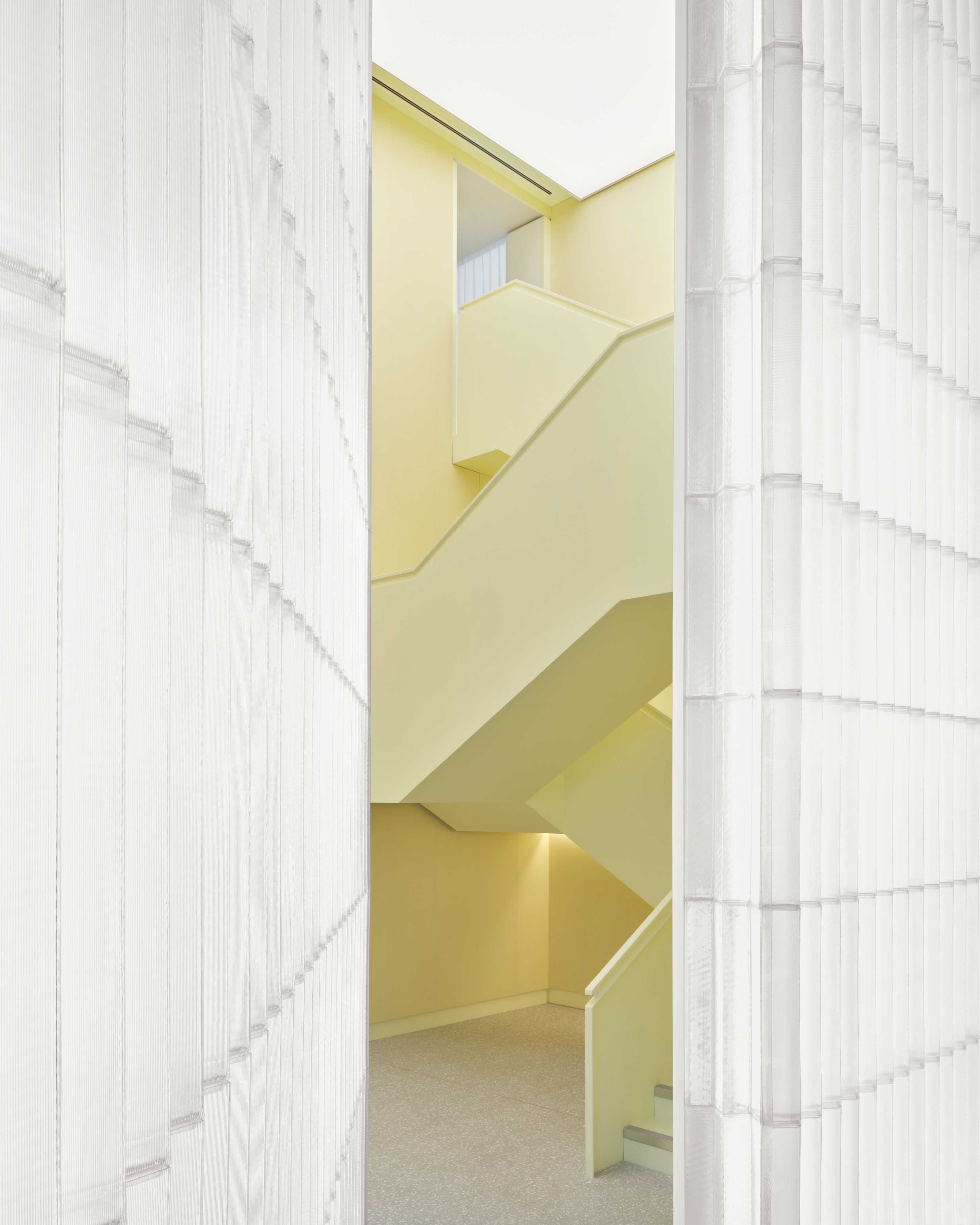
A folded steel staircase leads up to the scanning suites
The environment is essential. As we saw in Marylebone, Neko Health manifests itself through soft pastels, an aesthetic that’s part spa, part spaceship, where light, texture and ambient noise all play a key role in calming, intriguing and enticing. The company’s architect, Franquibel Lima, formerly of Foster & Partners and WeWork, was tasked with turning this glassy office pavilion into a more clinical, private space. ‘The first challenge was to engage with the scale and transparency,’ Lima says, ‘what we offer is of course fundamentally private.’
Emphasising that this a journey, not just in terms of your health, but also as you travel from public realm to scanning room, visitors walk from reception past a vast ‘pivoted door’, an 8m-high, 100 sq m wall of 3D-printed recycled translucent material that’s illuminated from within. This creates the impression of a curtain being drawn back, not just grand but also intriguing. From the double-height, fully glazed lobby space, you peer through into a ‘safe space’, with a folded steel staircase leading to the upstairs scanning suites. This instantly shifts the scale to the domestic, with fabric sound-absorbing rooms, carpets and friendly but contemporary seating. The outside world is screened out by net curtains, and the overall effect is minimal but not cold. ‘If it’s all about your health, there shouldn’t be any other distractions,’ Lima says.
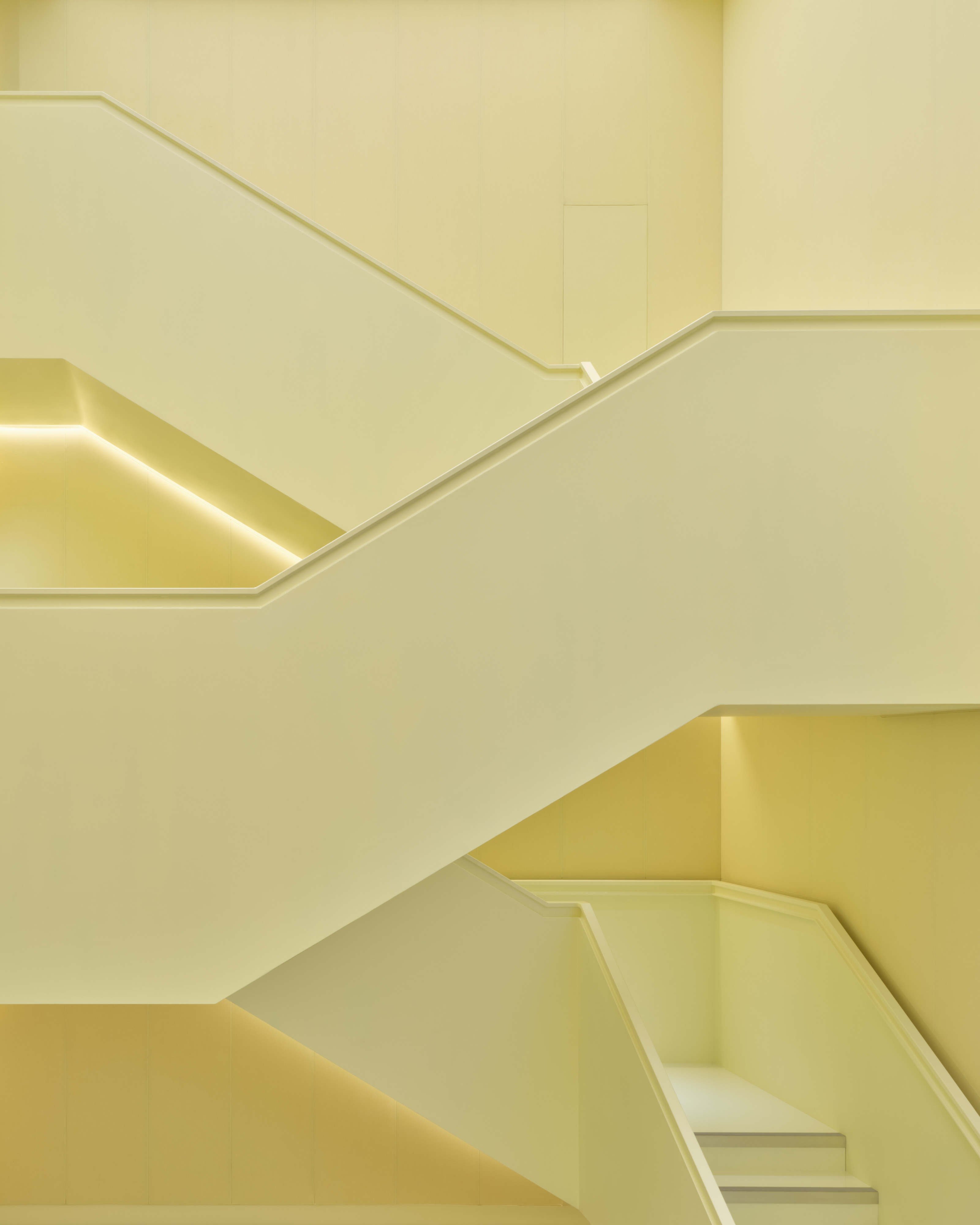
The domestically scaled staircase is paired with fabric-covered walls to create a quiet, calm space
Stepping up for a scan
In the days before the new site opened, we took a trip to Marylebone to experience Neko Health first hand. The main difference here is that the scanning suite occupies a lower-ground level, so rather than ascend into a light-filled space, you’re descending into a pastel-hued basement. Along with qualified nurses, Neko has found that former GPs tend to have the wide range of experience that best suits their service. After a brief check-in and online identity validation – security is a big issue – you’re invited to step into a changing booth adjoining your assigned scanning suite. Undress and slip on the robe and slippers, clock your current weight and you’re good to go through for the scan.
First up is the body scan. In just seven seconds, the proprietary system with its nine cameras bathes you in warmth from 24 ultra-bright lights to capture a couple of thousand high-resolution photographs of every mark, blemish, mole and spot on your body. This is then followed by a conventional blood test, with the sample dispatched to the lab via pneumatic tube, an air puff test to check the pressure inside your eye as well as conventional grip strength test.
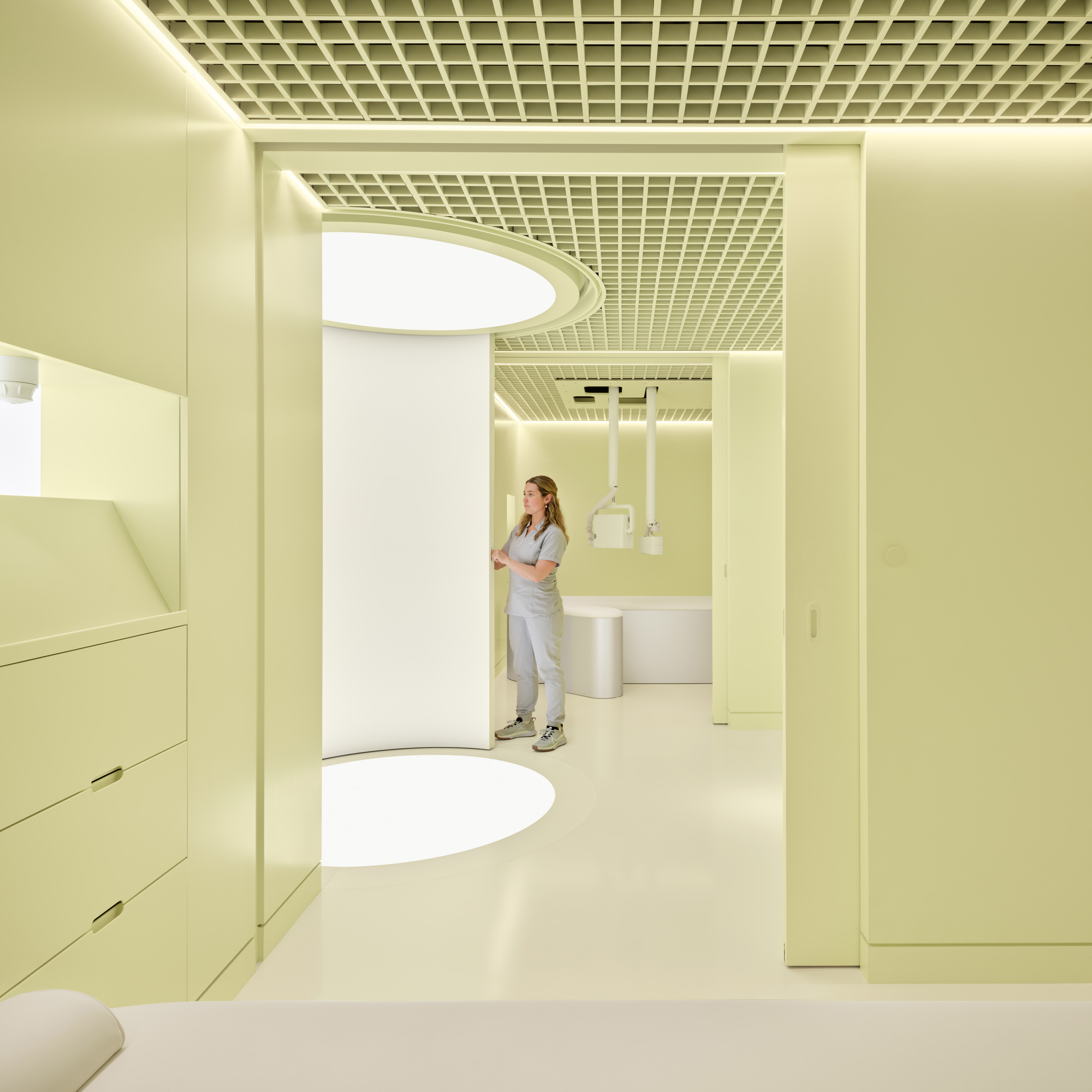
A scanning suite at Neko Health Spitalfields, showing the circular body imaging space
Then it’s onto the soft-padded bench of the main scan system. Blood pressure monitors are attached to both index fingers, arms and ankles and a special cardiovascular scanner that uses different wavelengths of laser light examines the movement of blood through your veins and arteries. The mildly squeamish might want to avoid the images on the screens and choose to focus on the soft, calming citrus colour used throughout, or the meticulous grid of the suspended ceiling. Neko Health’s own scan technology is mounted here, and the units are manipulated into place to take the various readings. After blood pressure has been thoroughly assessed, a final sensor moves down to do a radar scan of the blood flow in your chest.
After an introduction from the doctor and a quick check of your heart (together with a recording of your heartbeat), you get dressed and head into the debrief room with the doctor for a 20-minute consultation focusing on the results. Aside from a very slight initial frisson created by the facility’s resemblance to quasi-dystopic neo-medical sci-fi visions favoured by the likes of Coma, Logan’s Run, Gattaca, or even Severance, the experience is calm, straightforward and conducted with utter professionalism.
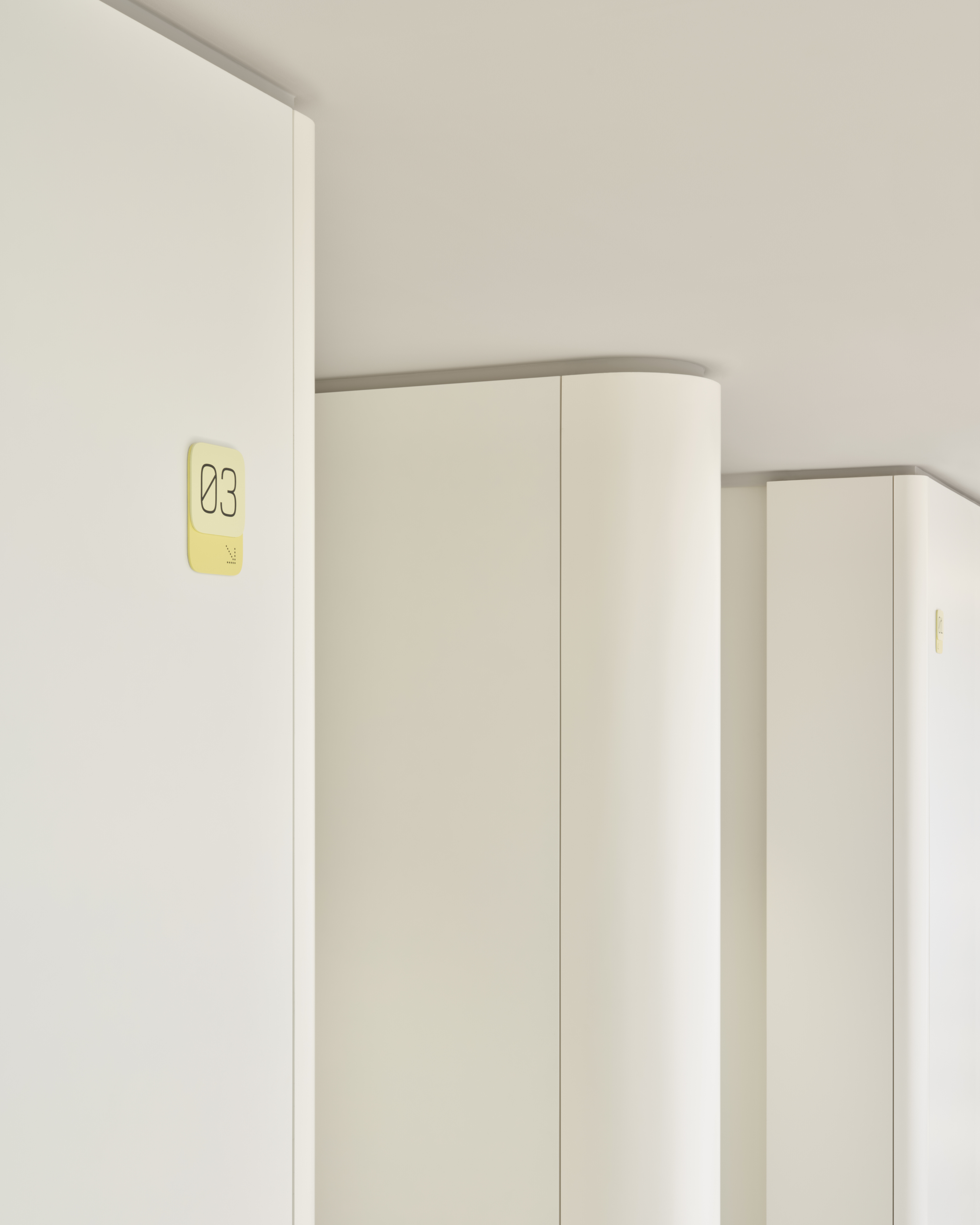
Detail outside the scanning suites at Neko Health Spitalfields
Data and communications are the most important takeaway, and the amount of time and energy that has gone into creating the ‘dashboard’, a slick display of your health metrics that the doctor talks you through after your appointment, reflects this. With all this information banked – including a frankly alarming visual record of those many surface blemishes – you’re now in an excellent position to monitor your health going forward. Think of it as an enhanced personal health consultation, with readily available stats (kept on your dashboard in the online Neko Health app) to track or show to other consultants. This alone is probably the biggest and best takeaway from your scan.
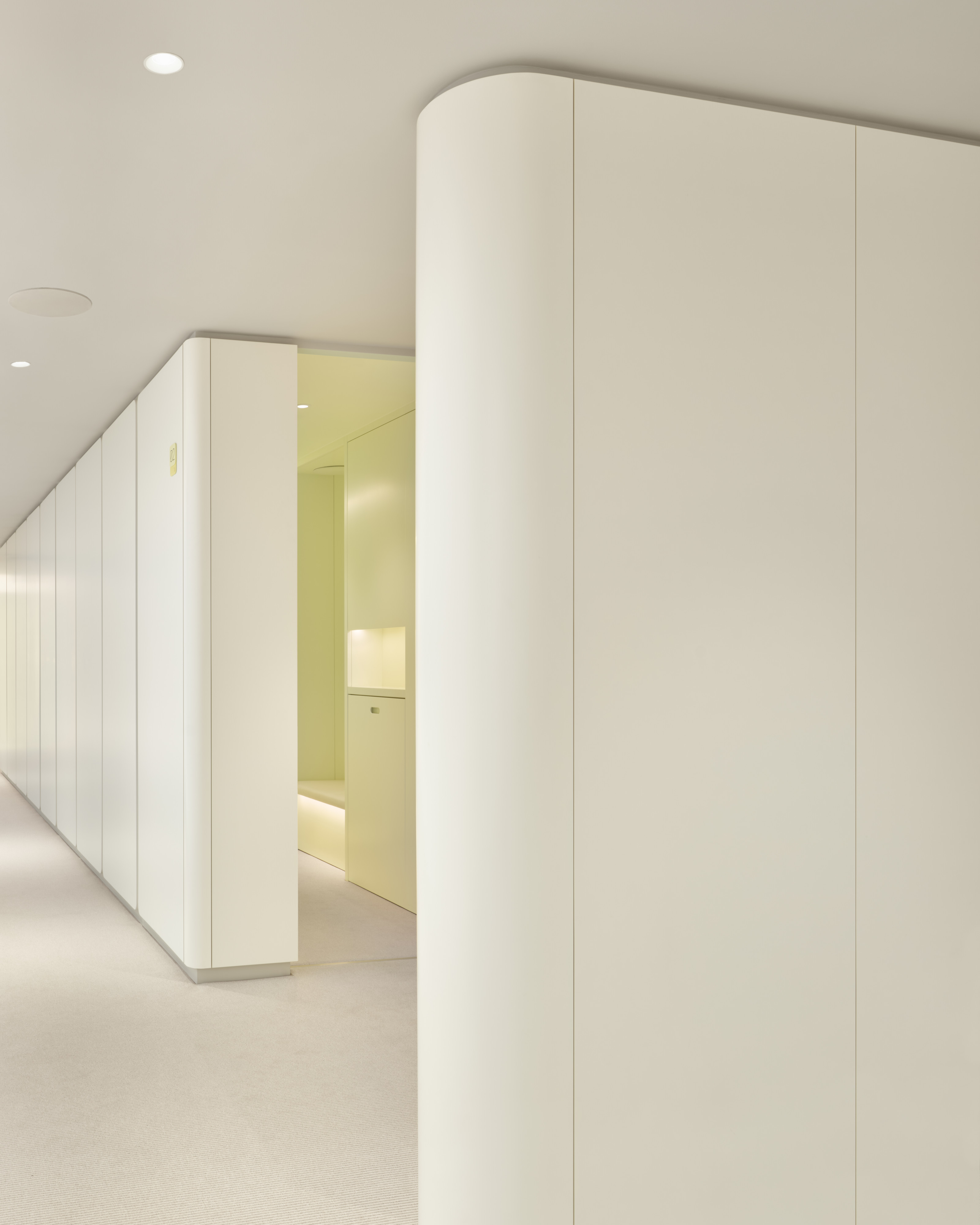
Neko Health Spitalfields scanning suites
Like most people, engaging with any form of inquisitive healthcare involves a certain amount of trepidation, regardless of how crisply clinical and wondrously choreographed the experience turned out to be. Neko doesn’t prescribe medication and only makes referrals where they’re genuinely needed, and our doctor was adept at pointing out the good (and bad) bits and offering helpful advice. ‘Why can’t we have a healthcare system where the presentation is good?’ Nilsonne asks rhetorically and the answer is, of course, money.
Neko Health is priced well below the market rate, thanks to the company’s massive investment in design, technology and people. Even so, it’s not exactly mass market. Right now, there are no obvious competitors, but Nilsonne firmly believes that’ll change. ‘Over the next decade there’ll be a mega-trend in preventative healthcare,’ he says, ‘Right now, my biggest problem is building these fast enough.’
Neko Health scan, £299, NekoHealth.com
Jonathan Bell has written for Wallpaper* magazine since 1999, covering everything from architecture and transport design to books, tech and graphic design. He is now the magazine’s Transport and Technology Editor. Jonathan has written and edited 15 books, including Concept Car Design, 21st Century House, and The New Modern House. He is also the host of Wallpaper’s first podcast.
-
 At Linden Los Angeles, classic New York comfort food gets its due
At Linden Los Angeles, classic New York comfort food gets its dueThe restaurant, inspired by a stretch of boulevard bridging Brooklyn and Queens, honors legacy, community and pleasure
By Carole Dixon Published
-
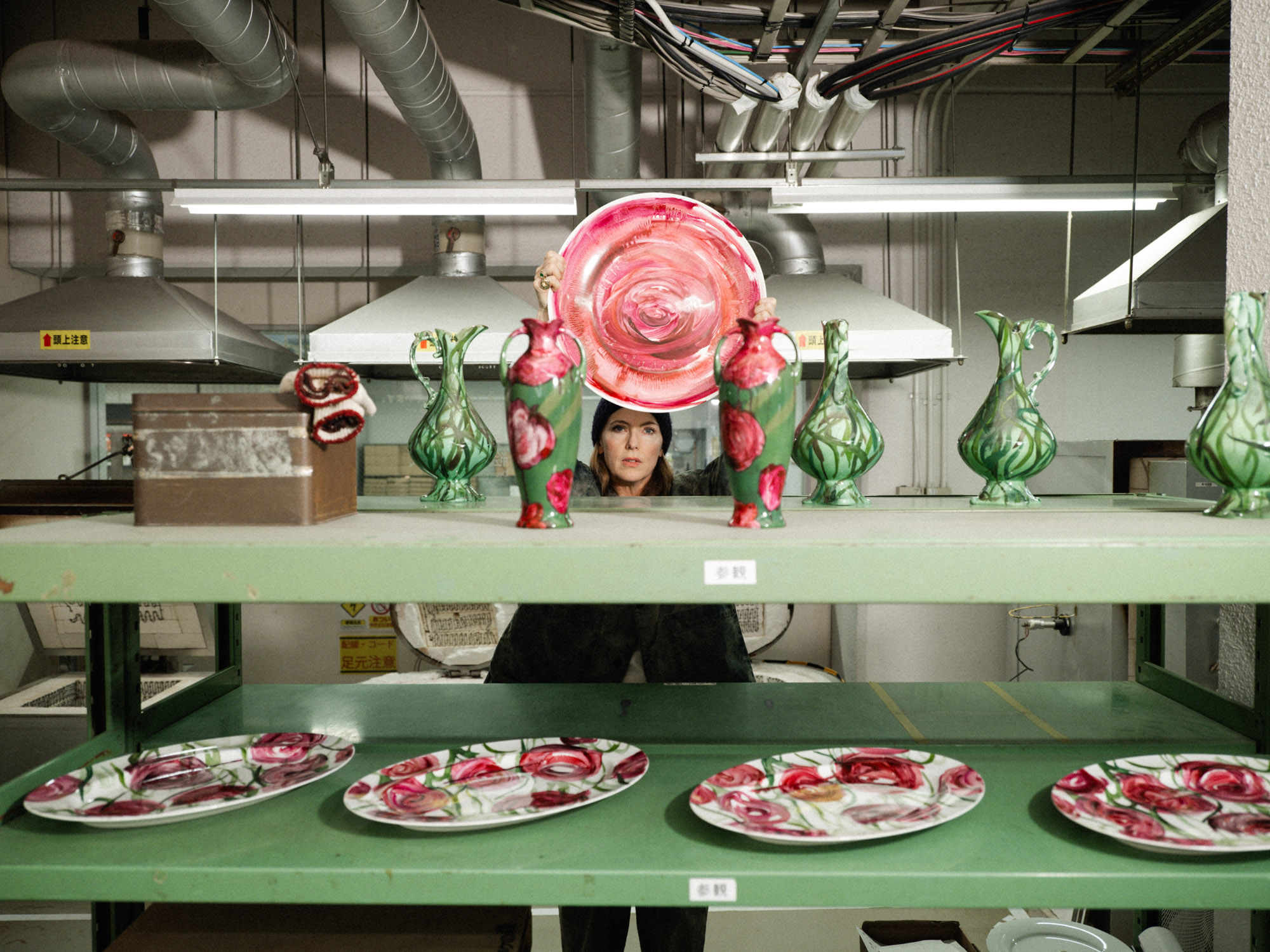 Faye Toogood comes up roses at Milan Design Week 2025
Faye Toogood comes up roses at Milan Design Week 2025Japanese ceramics specialist Noritake’s design collection blossoms with a bold floral series by Faye Toogood
By Danielle Demetriou Published
-
 Tatar Bunar puts Ukrainian heritage front and centre
Tatar Bunar puts Ukrainian heritage front and centreFamily recipes and contemporary design merge at this new east London restaurant by Ukrainian restaurateurs Anna Andriienko and Alex Cooper
By Ben McCormack Published
-
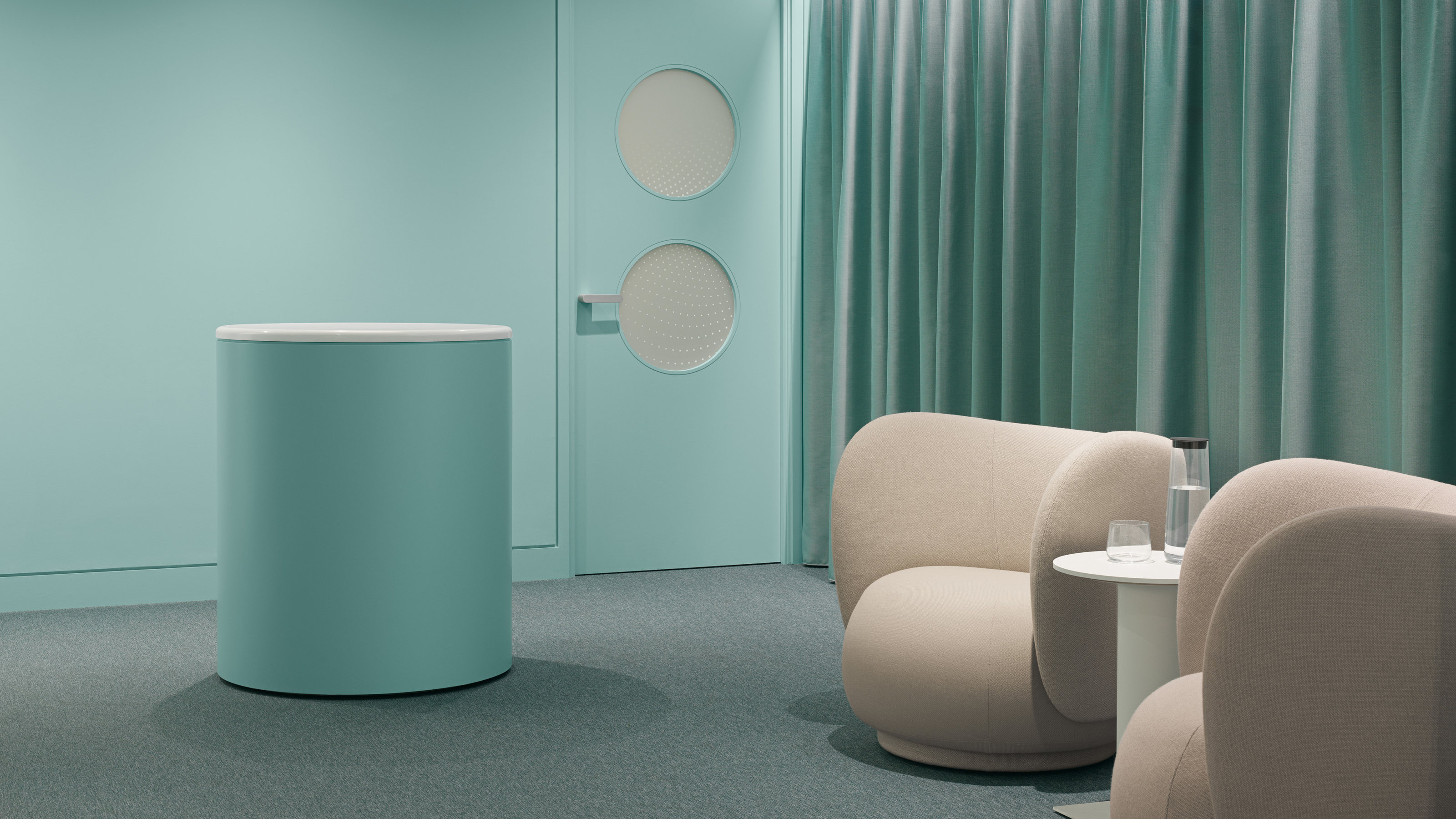 Swedish start-up Neko Health brings its sci-fi scanning suite to central London
Swedish start-up Neko Health brings its sci-fi scanning suite to central LondonThe new Neko Health Centre in Marylebone offers ultra-fast health scanning in a an upscale environment
By Jonathan Bell Published
-
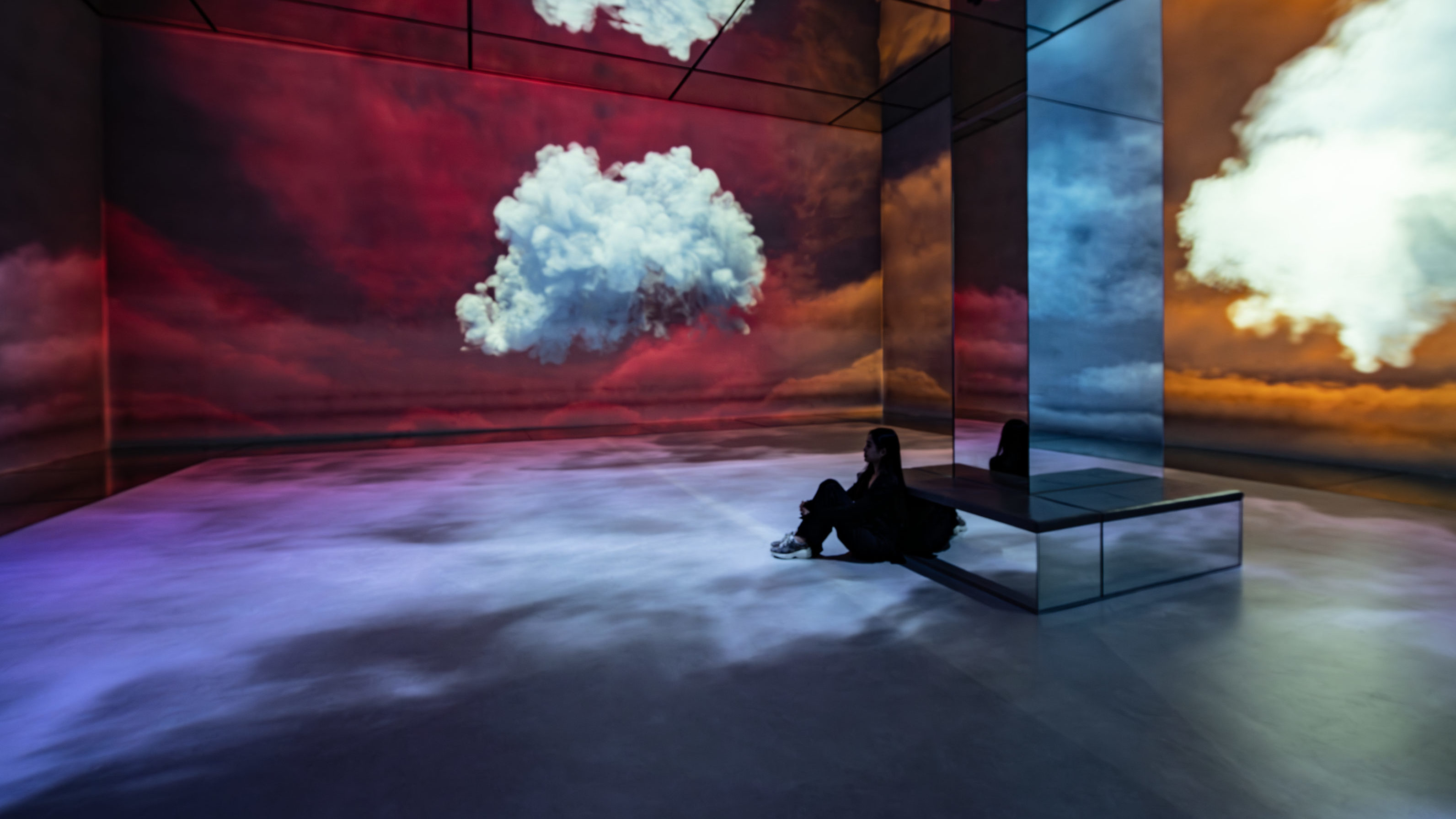 Brainstorms: A Great Gig in the Sky takes the music of Pink Floyd up into the clouds
Brainstorms: A Great Gig in the Sky takes the music of Pink Floyd up into the cloudsGala Wright collaborates with Brainstorms to create an interactive installation that explores the emotional reaction to Pink Floyd’s 1973 classic ‘The Dark Side of the Moon’
By Jonathan Bell Published
-
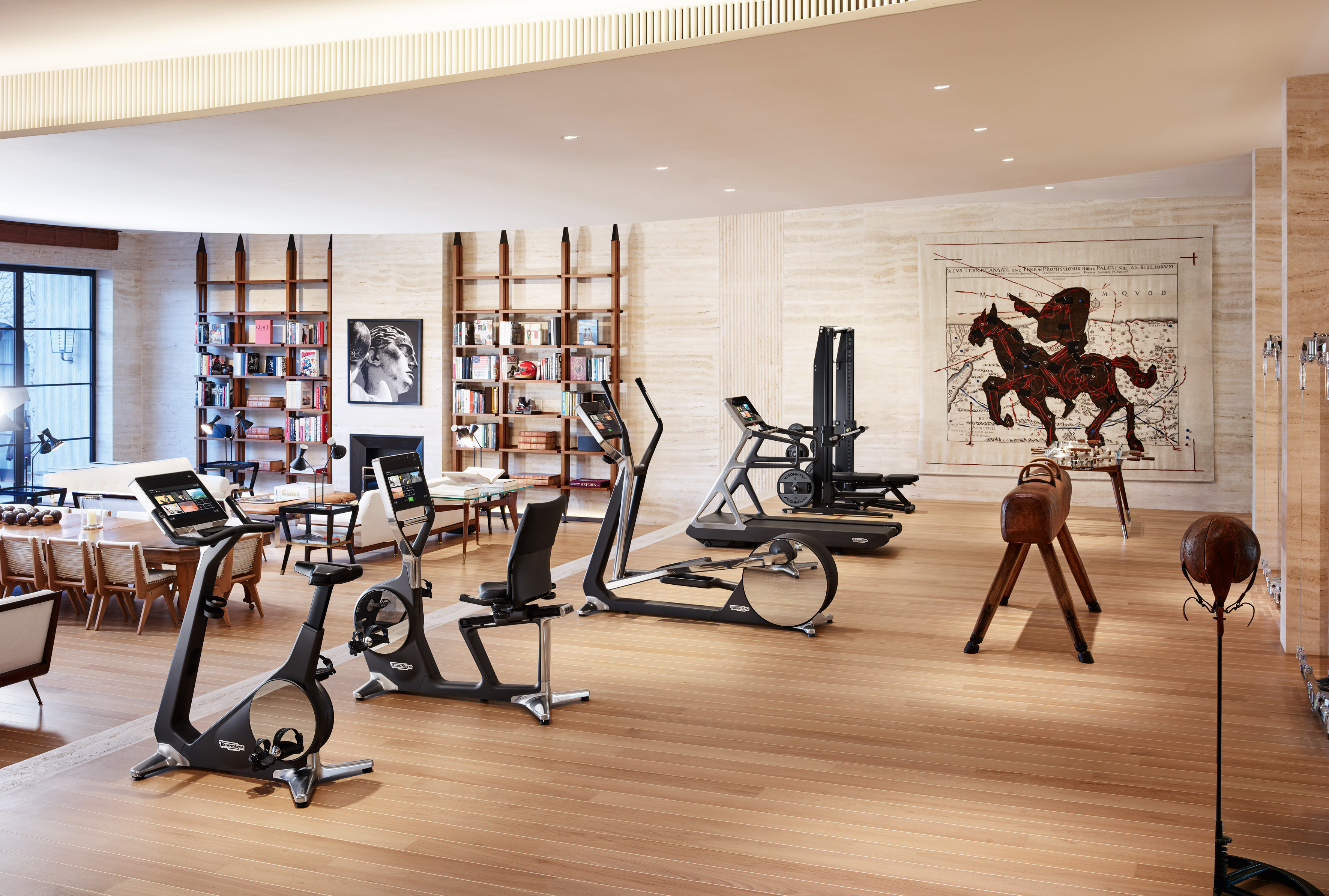 Technogym’s new Personal Line is an exercise in neat design
Technogym’s new Personal Line is an exercise in neat designDesigned by Antonio Citterio, the Technogym Personal Line combines state-of-the-art fitness technology for the home with elevated craftmanship
By Simon Mills Last updated
-
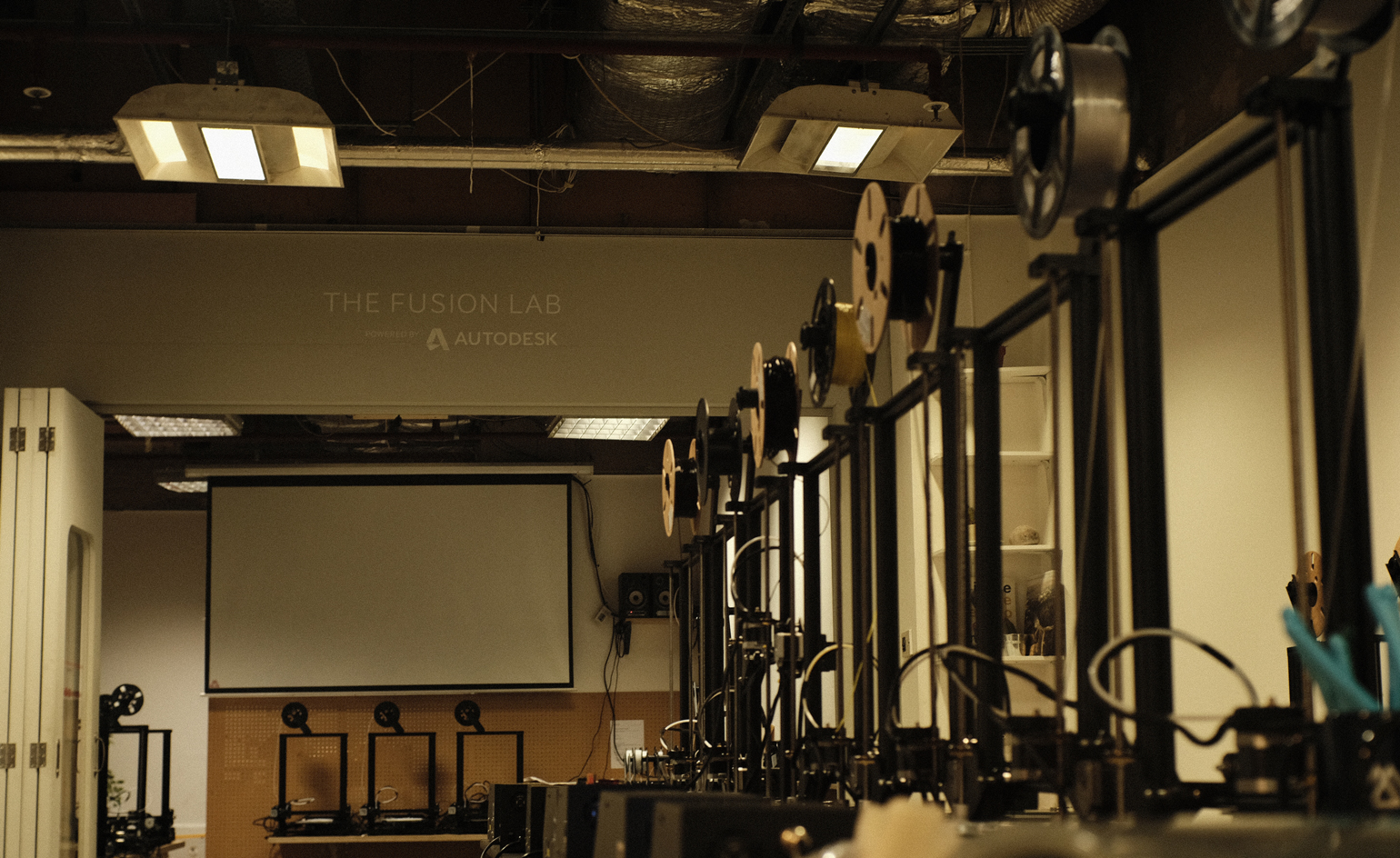 Makerversity is 3D printing vital PPE for the NHS
Makerversity is 3D printing vital PPE for the NHSHeroes charity and design researcher Nate Petre team up to make PPE for frontline NHS staff, direct from London tech hub Makerversity
By Nick Compton Last updated
-
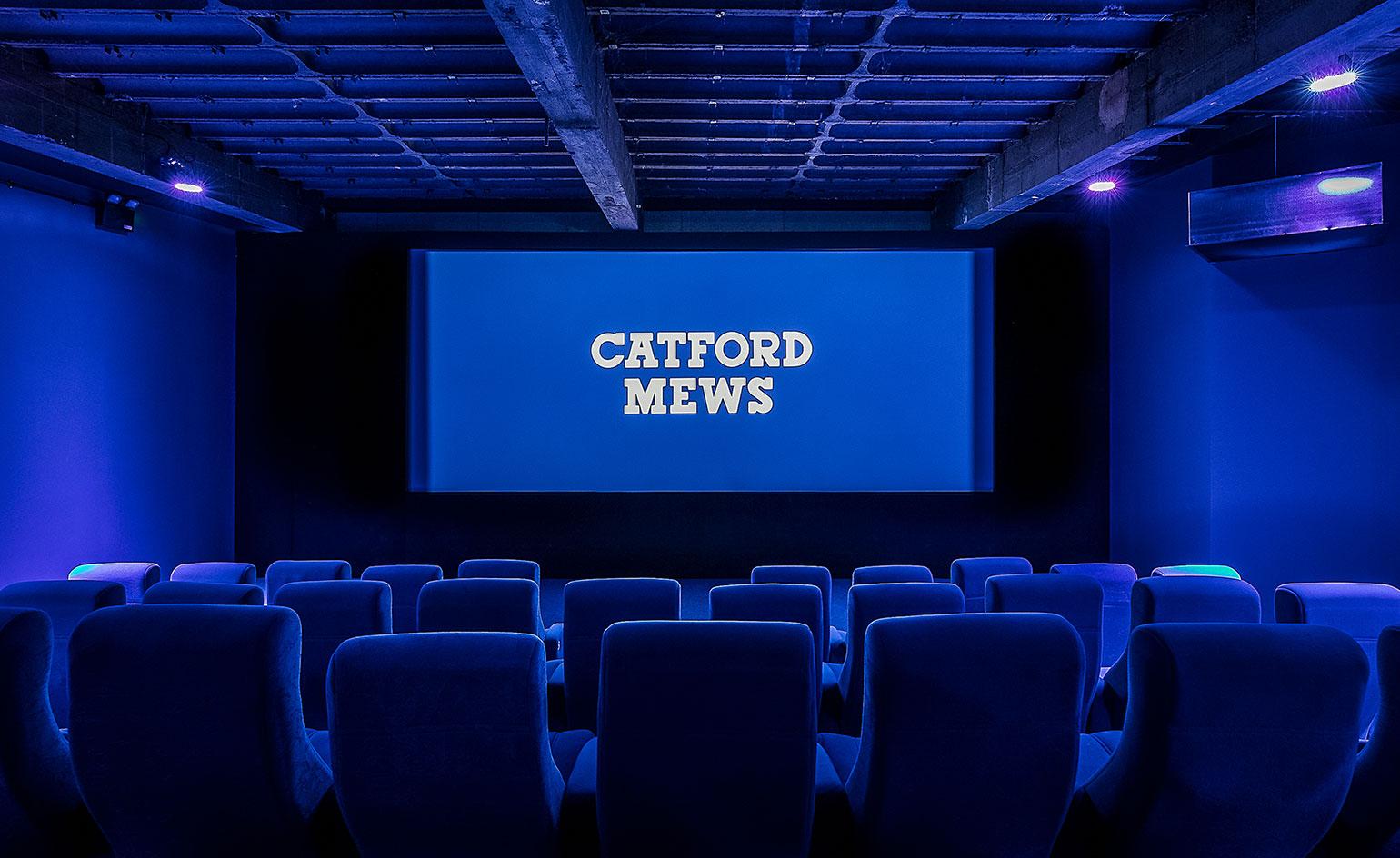 Architect-designed cinema opens in south east London
Architect-designed cinema opens in south east LondonCatford Mews – a new three-screen cinema and community hub – is sensitively designed by Really Local Group
By Elly Parsons Last updated
-
 Ovie smart kitchen gadgets: the future of cooking is in connected technology
Ovie smart kitchen gadgets: the future of cooking is in connected technologyBy Michael Yeung Last updated
-
 Benjamin Hubert designs World Cup wearable technology for aspiring footballers
Benjamin Hubert designs World Cup wearable technology for aspiring footballersBy Elly Parsons Last updated
-
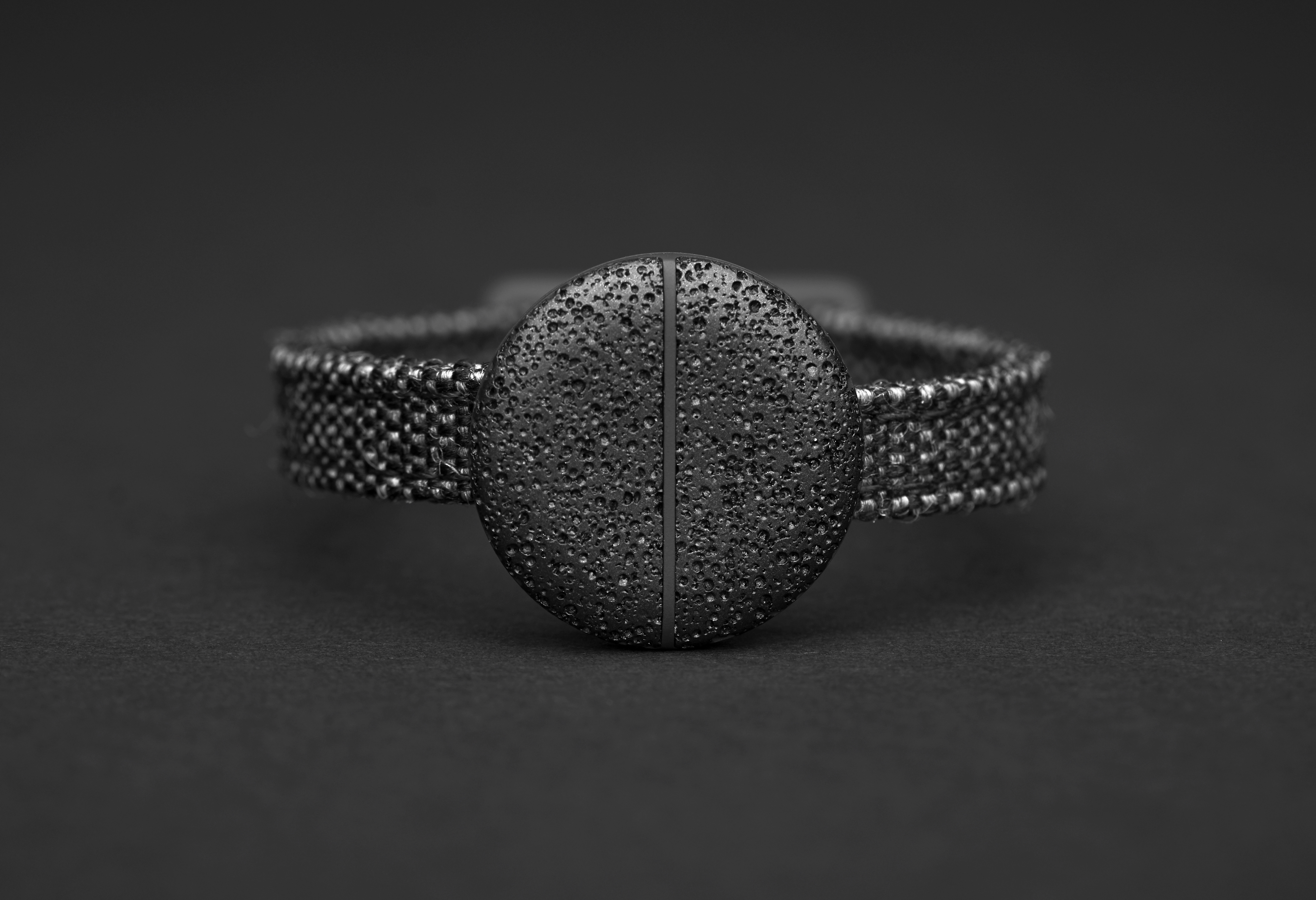 Benjamin Hubert creates ‘Trove’, an unhackable wallet for your cryptocurrency
Benjamin Hubert creates ‘Trove’, an unhackable wallet for your cryptocurrencyBy Elly Parsons Published